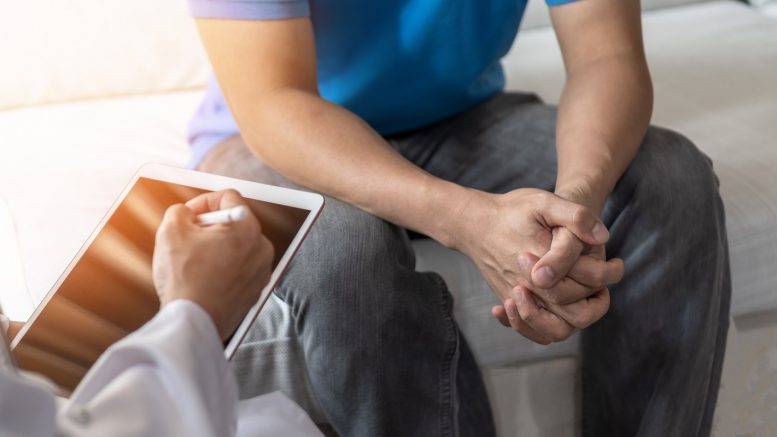The Plan for Digital Health and Social Care, published by Sajid Javid last month, sets out the government’s ambitious vision for transforming health and social care using digital technology. This programme of reforms hopes to give patients personalised access to more efficient and effective care, as well as saving our health and care systems time and money.
The Plan sets out, among other things, how the UK will improve access to information for patients and their care teams through the NHS App and NHS.uk, resulting in faster, more personalised, treatment. This includes bringing patient information altogether in one, central place, as well as allowing people to view and manage their hospital appointments, have virtual consultations (from 2024), and see notifications from their GP.
With the pandemic helping to drive significant progress in the adoption of digital and remote healthcare services by patients and carers, over 28 million people now have the NHS App, over 40 million already have an NHS login, and most NHS Trusts have an electronic patient record system in place. The hope now is that adoption will continue to accelerate, with the App becoming the gateway to a whole host of new digital NHS services, including remote monitoring, virtual assistants, and consultations.
The arrival of 5G technology is also supporting the push to take digital healthcare to the next level, by increasing both the ability to monitor and care for patients at home, and the efficiency of GP surgeries and hospitals. This next-generation, wireless connectivity – which is up to 100 times faster than 4G – can support patients by giving them more control and autonomy over their own health and enabling more care to be managed remotely. When patients do come into a healthcare setting, it can also provide far more upfront information about them to professionals, who can then make better informed decisions.
While until now, the ability to monitor patients remotely has been somewhat restricted by the capacity of networks to handle large data volumes, that is set to change thanks to 5G. Network-enabled Internet of Medical Things (IoMT) devices, including remote patient monitoring tools will be able to provide clinicians with previously unseen insight into their patients’ health, by measuring everything from heartbeat to blood sugar levels. This data can also be combined with other data that is known to impact health, in a more holistic and real-time approach that will mean clinicians gain a far more rounded view and can deliver more personalised patient care.
Tailoring care to individuals and local areas
According to the government, better integration of digital tools will help health and social care providers to plan, design and deliver services in a more personalised way, while also saving staff time by automating various administrative and communications tasks. Services can focus on what matters to each person and their families, helping to reduce disparities, and reflecting individual needs and preferences.
In a similar way, with more granular information and understanding of the populations they serve, health and social care providers can co-design and deliver services that better respond to people’s needs in the right place at the right time, through multiple channels. They can also offer care closer to or in people’s homes, including care homes, and online.
Having access to real-time data also enables people working in the health and social care system to collaborate better. But in order for them to make the most of the technology becoming available, the organisations they work for need to ensure that data and information can flow readily to and between staff. This includes putting in place the right digital tools and data architecture for secure storage and safe sharing, as well as clear technical and data governance standards, the right skills training and a learning culture.
The government intends to help healthcare organisations to plan and future-proof interoperability and support better information-sharing by regularly updating its standards roadmap and publishing the final standards and interoperability strategy, following a consultation on its draft standards and interoperability strategy.
The future of personalised healthcare
All these technology solutions and strategies will together lead to the creation of a healthcare system that is far better equipped to bolster itself against future surges in demand – be that from pandemics like Covid or the enormous surgery backlog that it has created – as well as workforce planning challenges. As they unpack how the government’s Plan for Digital Health and Social Care plan will impact them and what infrastructure changes they need to make, healthcare organisations can look forward to an era where systems are more efficient and healthcare more personalised.
By Jon Payne, Manager of Sales Engineering and Education at InterSystems





